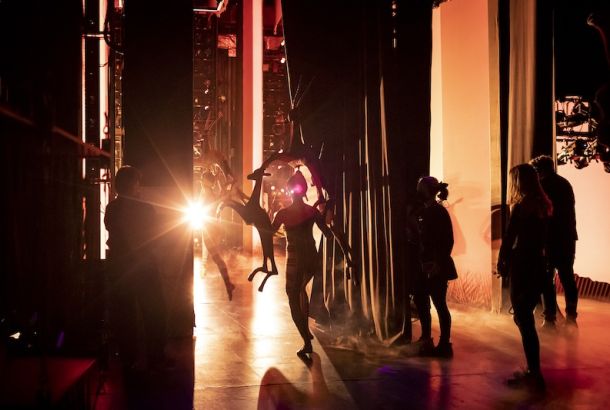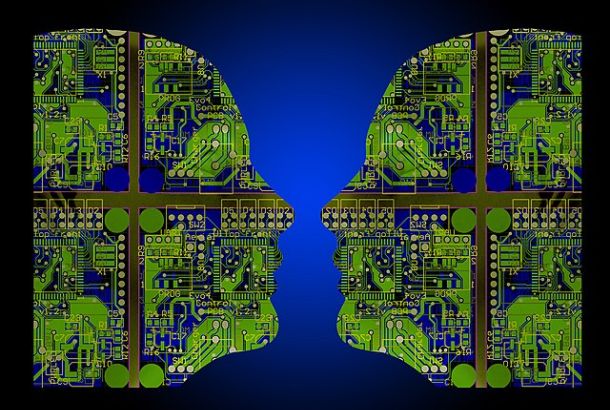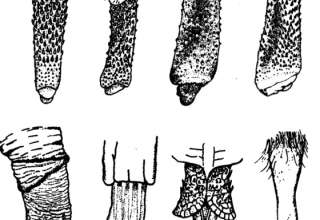12 Days of Christmas: Nine Ladies Dancing (to Bass)

What is it that makes us dance to music? A reasonable question, given that humans have been making and dancing to music since our ancestors were sitting around campfires. When people are asked this question, they usually give some variation of ‘groove’ or ‘vibe’, but scientists are beginning to understand exactly what it is that gets us throwing shapes.
Is it all about that bass?
Researchers led by Daniel Cameron at McMaster University in Hamilton, Canada have found that when very low frequencies are added to music, people tend to dance more. Anyone that’s been to a Warehouse Project night can tell you bass-heavy music makes people dance (this has also been scientifically validated), but until now no one has investigated whether it is the bass specifically that causes this.
The team tested this by switching on and off very low-frequency speakers every 2.5 minutes during a 55-minute electronic music set by the Canadian duo Orphx. The experiment was performed in the LIVE Lab at McMaster University, a performance venue designed specifically for research such as this to be carried out. Crucially, this venue meant the trial was carried out in an atmosphere very similar to a real gig, rather than a laboratory.
The urge to move
Participants of the study were given a motion-tracking headband to wear and their head movement was measured during the concert. By comparing head movement when the very low-frequency speakers were switched on, the team was able to work out what effect the speakers had on movement. They found that the 62 participants moved, on average, 11.8% more when the speakers were turned on.
Interestingly, the team also found that the low frequencies used were not consciously detectable. This means that rather than us noticing the extra bass and deciding to dance more, the low frequencies seem to trigger a subconscious response that has us dancing even if we don’t realise it.







